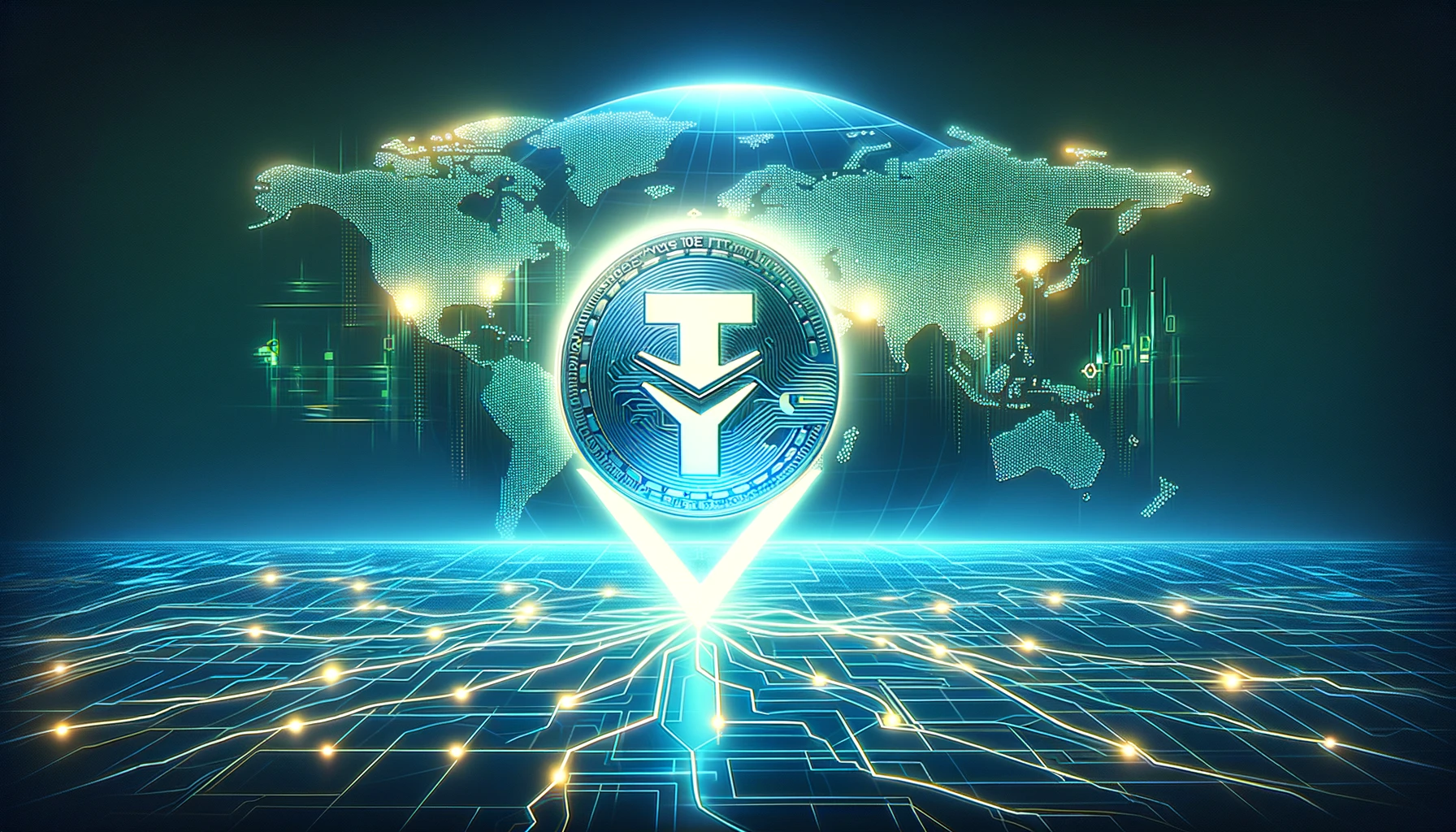USDT(Tether) has emerged as a dominant force in the cryptocurrency market, particularly in the realm of digital payments and remittances. This comprehensive guide explores the mechanics, benefits, challenges, and future prospects of using USDT for financial transactions, providing a deep dive into its role in the evolving landscape of global finance.
Understanding USDT and Its Impact on Digital Payments
What is USDT?
USDT, or Tether, is a stablecoin that aims to maintain a constant value equivalent to a specific fiat currency, usually the US dollar. This stability is achieved by holding reserves in traditional currencies or other assets, ensuring that each USDT token has a real-world value anchor, which reduces the volatility typically associated with cryptocurrencies.
Advantages of Using USDT
USDT offers significant benefits for conducting transactions, especially in an international context. Some of the key advantages include:
- Stability: As a stablecoin, USDT provides a predictable value, avoiding the price swings seen in other cryptocurrencies such bitcoin and altcoins.
- Speed and Cost-Efficiency: Transactions with USDT are faster and cheaper by blockchain technology compared to traditional bank transfers, especially across borders.
- Widespread Acceptance: USDT is widely recognized and accepted across various cryptocurrency exchanges and platforms, enhancing its usability for payments and as a trading asset.
The Mechanics of USDT Transactions
How to Use USDT for Payments and Remittances
Using USDT for financial transactions involves several straightforward steps:
- Acquisition: Purchase USDT on a cryptocurrency exchange using fiat money or other cryptocurrencies.
- Storage: Keep USDT in a digital wallet that supports it.
- Transaction: Send USDT to another party’s digital wallet using their unique wallet address.
Challenges and Considerations
Despite its benefits, USDT users face several challenges:
- Regulatory Scrutiny: USDT’s compliance with financial regulations continues to be scrutinized, affecting its acceptance and use.
- Security Concerns: Like all digital currencies, USDT requires careful management to prevent hacking and fraud.
Trends in the Use of USDT
Growth in Popularity
The popularity of USDT for settling trades and as a medium of exchange has grown significantly. Its ability to bridge the gap between fiat currencies and cryptocurrencies enhances its utility in financial markets and e-commerce.
Market Acceptance and Regulatory Issues
The acceptance of USDT in the market is influenced by its regulatory compliance and the transparency of its reserve holdings. Regular audits and reports are crucial in maintaining user trust and ensuring the stability of its peg to the dollar.
Future Prospects of USDT in Global Finance
Technological Innovations
Ongoing advancements in blockchain technology and financial regulations may further enhance the attractiveness and security of USDT. Innovations such as improved blockchain efficiency and enhanced legal frameworks are expected to drive the adoption of USDT.
The Role of USDT in Shaping Financial Transactions
USDT is set to play a significant role in the future of global finance, particularly in streamlining payments and remittances across borders. Its potential to facilitate seamless, quick, and cost-effective transactions positions it as a pivotal player in the digital economy.
In conclusion, USDT is not just a digital currency but a transformative force in finance, offering a stable, efficient, and widely accepted medium for global transactions. As the digital economy continues to evolve, USDT’s role is expected to grow, influencing how individuals and businesses manage and transfer value across the world.

